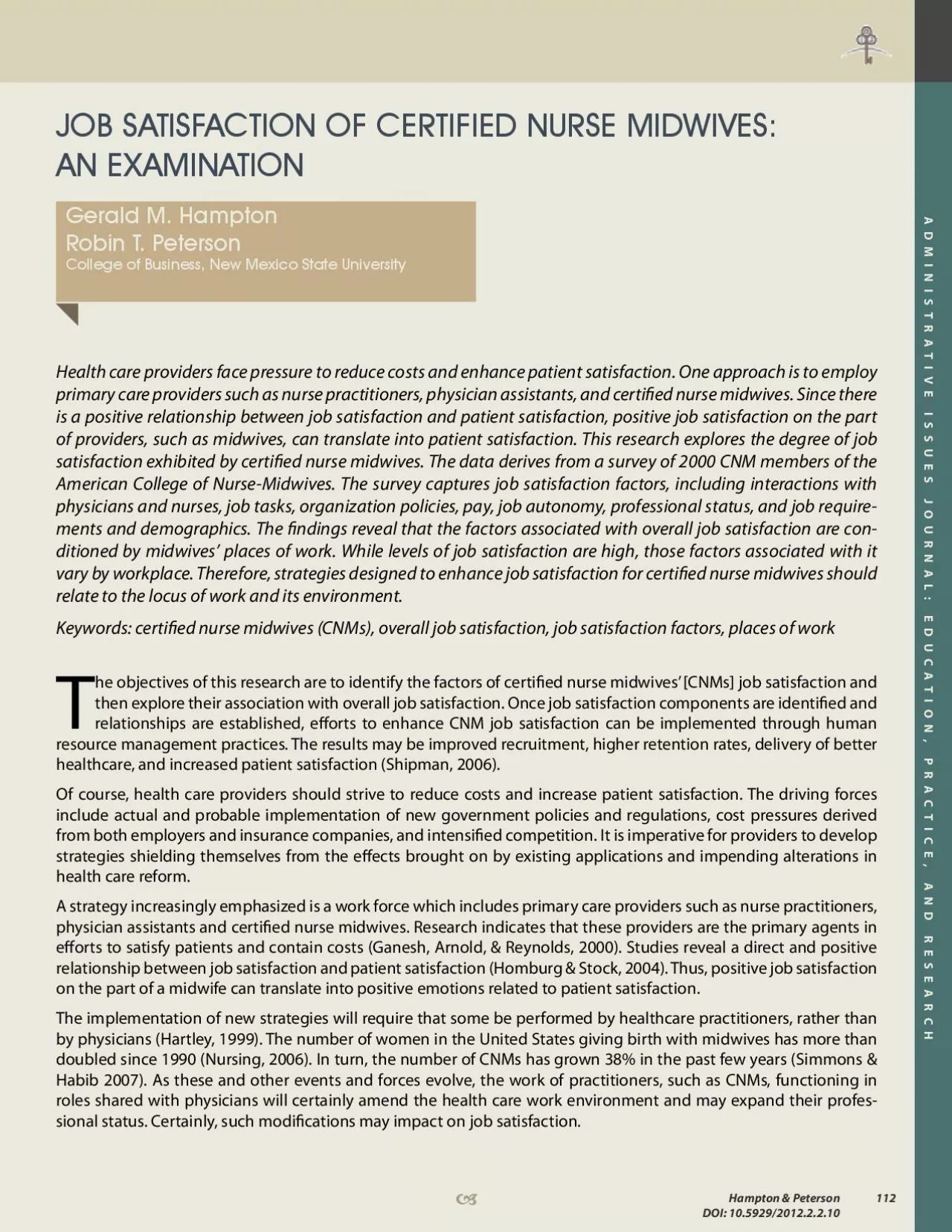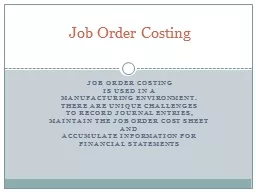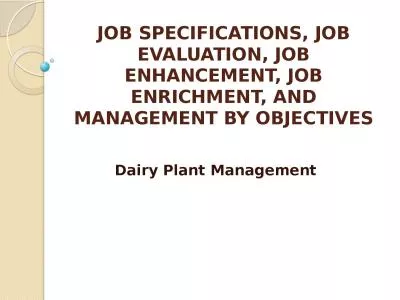PDF-JOB SATISFAATIO
Author : elise | Published Date : 2022-08-22
112 Robin T Health care providers face pressure to reduce costs and enhance patient satisfaction One approach is to employ primary care providers such as nurse practitioners
Presentation Embed Code
Download Presentation
Download Presentation The PPT/PDF document "JOB SATISFAATIO" is the property of its rightful owner. Permission is granted to download and print the materials on this website for personal, non-commercial use only, and to display it on your personal computer provided you do not modify the materials and that you retain all copyright notices contained in the materials. By downloading content from our website, you accept the terms of this agreement.
JOB SATISFAATIO: Transcript
Download Rules Of Document
"JOB SATISFAATIO"The content belongs to its owner. You may download and print it for personal use, without modification, and keep all copyright notices. By downloading, you agree to these terms.
Related Documents














